Ford Mustang (1999-2004) Service Manual: Removal
1. Disconnect the electrical connectors from the EGR vacuum regulator solenoid, the supercharger bypass vacuum solenoid, and the differential pressure feedback EGR system.
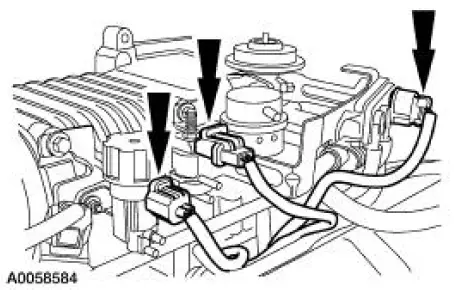
2. Disconnect the vacuum hoses from the differential pressure feedback EGR system.
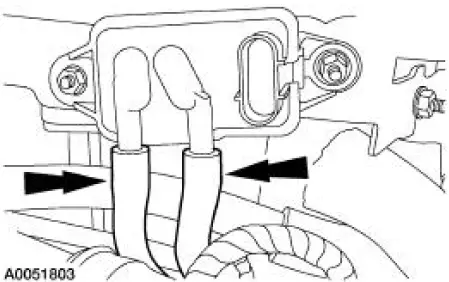
3. Disconnect the vacuum hoses from the supercharger bypass vacuum solenoid, and the actuator.
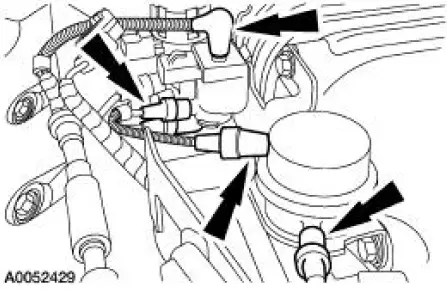
4. Disconnect the vacuum hoses from the EGR vacuum regulator solenoid.
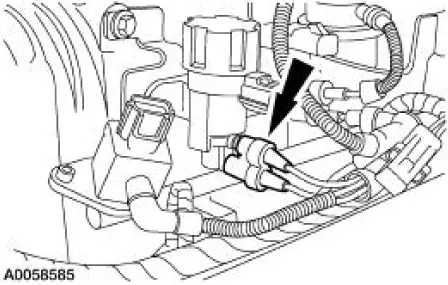
5. Remove the vacuum accessory bracket mounting nut.
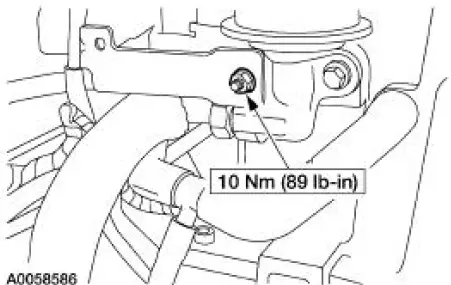
6. Remove the mounting bolts and the vacuum accessory bracket.
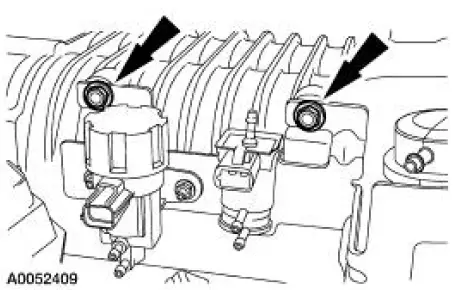
7. Remove the actuator mounting bolts.
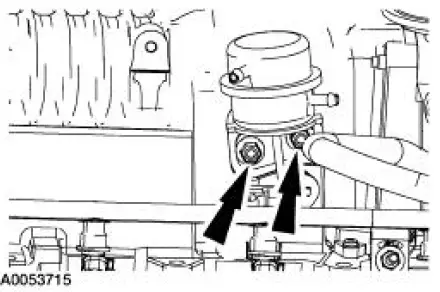
8. Align the actuator rod with the slot in the actuator linkage, and remove the actuator.
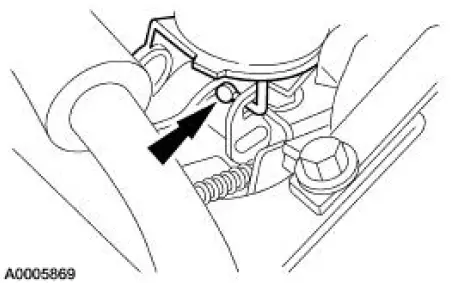
 Installation
Installation
1. CAUTION: The actuator adjustment tool included with the
replacement actuator kit
must be used when installing the supercharger bypass vacuum actuator.
Failure to
correctly adjust the actu ...
Other materials:
Crankshaft Pulley
Special Tool(s)
Remover, Crankshaft Vibration
Damper
303-009 (T58P-6316-D)
Installer, Crankshaft Vibration
Damper
303-102 (T74P-6316-B)
Material
Item
Specification
Silicone Gasket and Sealant
F7AZ-19554-EA or eq ...
Installation
1. Clean the A/C disc and field coil and pulley mounting surfaces.
2. CAUTION: Do not use air tools. The A/C clutch field coil can be easily
damaged.
Install the A/C clutch field coil.
1. Place the A/C clutch field coil on the A/C compressor with the A/C
...
Throttle Position (TP) Sensor
Removal
NOTE: The 3.8L engine is shown; the 4.6L (2V) is similar.
1. Disconnect the battery ground cable. For additional information,
refer to Section.
2. Remove the throttle position (TP) sensor.
Disconnect the connector.
Remove the screws, ...

